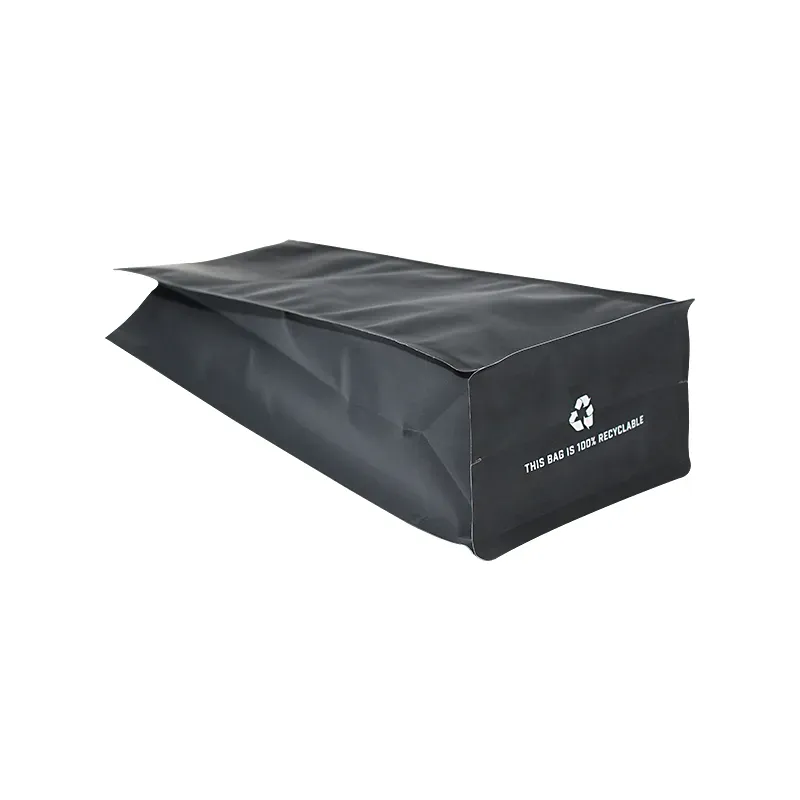- Afrikaans
- Albanian
- Amharic
- Arabic
- Armenian
- Azerbaijani
- Basque
- Belarusian
- Bengali
- Bosnian
- Bulgarian
- Catalan
- Cebuano
- chinese_simplified
- chinese_traditional
- Corsican
- Croatian
- Czech
- Danish
- Dutch
- English
- Esperanto
- Estonian
- Finnish
- French
- Frisian
- Galician
- Georgian
- German
- Greek
- Gujarati
- haitian_creole
- hausa
- hawaiian
- Hebrew
- Hindi
- Miao
- Hungarian
- Icelandic
- igbo
- Indonesian
- irish
- Italian
- Japanese
- Javanese
- Kannada
- kazakh
- Khmer
- Rwandese
- Korean
- Kurdish
- Kyrgyz
- Lao
- Latin
- Latvian
- Lithuanian
- Luxembourgish
- Macedonian
- Malgashi
- Malay
- Malayalam
- Maltese
- Maori
- Marathi
- Mongolian
- Myanmar
- Nepali
- Norwegian
- Norwegian
- Occitan
- Pashto
- Persian
- Polish
- Portuguese
- Punjabi
- Romanian
- Russian
- Samoan
- scottish-gaelic
- Serbian
- Sesotho
- Shona
- Sindhi
- Sinhala
- Slovak
- Slovenian
- Somali
- Spanish
- Sundanese
- Swahili
- Swedish
- Tagalog
- Tajik
- Tamil
- Tatar
- Telugu
- Thai
- Turkish
- Turkmen
- Ukrainian
- Urdu
- Uighur
- Uzbek
- Vietnamese
- Welsh
- Bantu
- Yiddish
- Yoruba
- Zulu
LTL Shipment Tracking for Efficient Logistics Management and Real-Time Updates
Understanding LTL Shipment Tracking A Comprehensive Guide
In the realm of logistics and supply chain management, the importance of tracking shipments cannot be overstated. Among the various methods of transporting goods, Less Than Truckload (LTL) shipping has gained significant traction over the years. This method is ideal for businesses that need to ship smaller loads without committing to a full truckload, making it a cost-effective and efficient choice. However, with the benefits of LTL shipping come various challenges, particularly in tracking shipments. Understanding LTL shipment tracking is vital for businesses to ensure timely and accurate deliveries.
What is LTL Shipping?
Less Than Truckload shipping refers to a freight transportation method that consolidates cargo from various shippers into one truck. This approach helps companies save money, as they only pay for the portion of the truck their goods occupy. LTL shipping is perfect for businesses with shipments that weigh between 150 and 15,000 pounds, allowing them to send smaller quantities without incurring the costs associated with full truckloads.
The Importance of Shipment Tracking
The ability to track shipments in real-time offers numerous benefits, both for shippers and customers. For businesses, effective tracking solutions provide visibility into the shipping process, helping to manage expectations and improve planning. Customers, on the other hand, appreciate the transparency and reliability that comes with being able to monitor their shipments, which can enhance overall satisfaction and trust in the business.
Tracking plays a crucial role in managing logistics complexities, as it enables proactive decision-making. If there are delays or issues with a shipment, businesses can quickly identify and address these problems before they escalate. Moreover, shipment tracking reduces the risk of lost or misplaced packages, thereby enhancing inventory management.
How Does LTL Shipment Tracking Work?
ltl shipment tracking

LTL shipment tracking involves various technologies and protocols that facilitate the monitoring of goods from the point of origin to their final destination. Here’s a breakdown of how it typically works
1. Labeling and Barcoding When goods are prepared for shipment, each package is labeled with a tracking number, often accompanied by a barcode. This unique identifier allows for easy scanning and tracking at various points along the transport route.
2. Transportation Management Systems (TMS) Many logistics companies utilize TMS to manage and monitor LTL shipments. These systems provide real-time tracking updates, helping shippers determine the status and location of their goods.
3. Tracking Updates Throughout the journey, tracking data is continually updated. Shippers and customers can access this information via online platforms or mobile applications, receiving notifications for key milestones, such as when the shipment is picked up, in transit, or delivered.
4. Final Delivery Confirmation Once the shipment reaches its destination, a delivery confirmation may be provided, often including proof of delivery (POD) documentation. This step is crucial for record-keeping and dispute resolution.
The Future of LTL Shipment Tracking
As technology advances, the future of LTL shipment tracking looks promising. Innovations such as blockchain technology, Internet of Things (IoT) devices, and artificial intelligence are enhancing tracking capabilities, providing even more precise and secure tracking solutions. These tools can predict delays, monitor conditions during transport, and streamline communication between stakeholders.
In conclusion, understanding LTL shipment tracking is essential for businesses engaged in freight transportation. By leveraging effective tracking systems, companies can enhance their logistics operations, reduce costs, and improve customer satisfaction. As technology continues to evolve, the efficiency and accuracy of shipment tracking are only expected to improve, further solidifying the role of LTL shipping in modern supply chain management.













